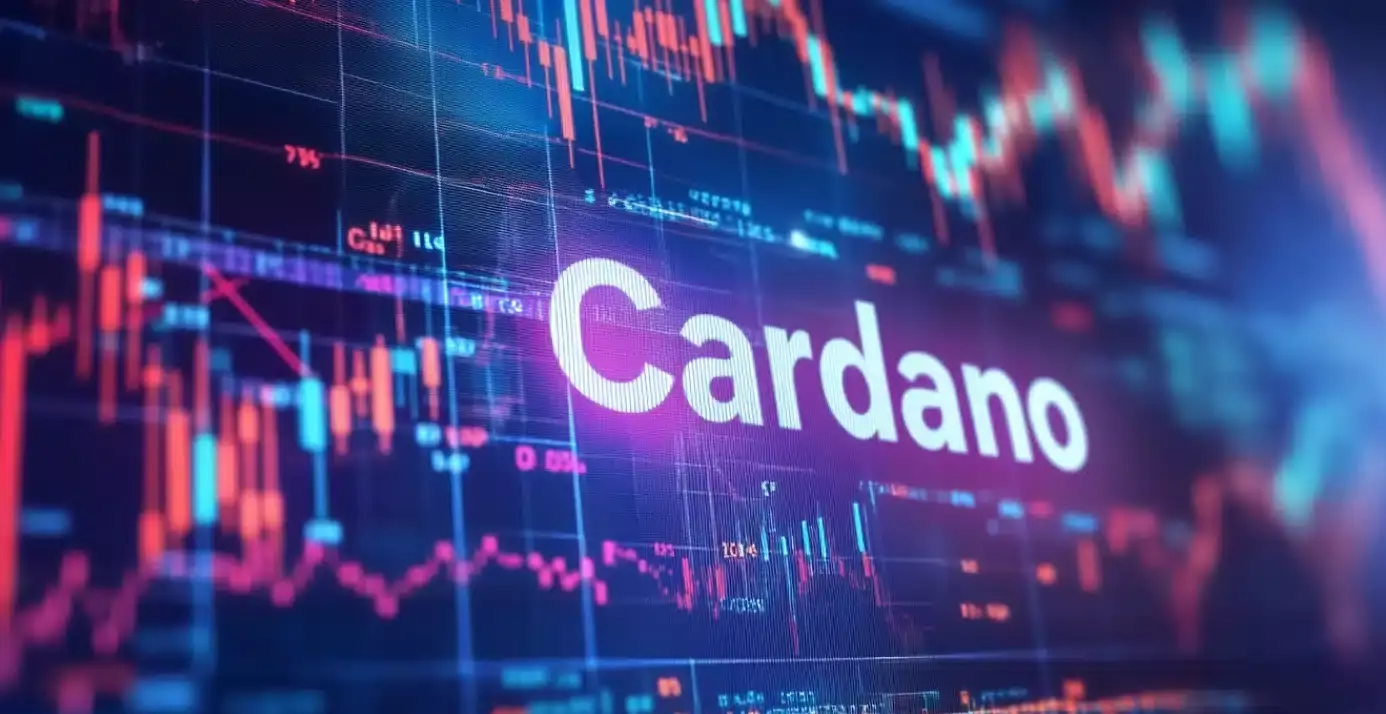As of now, Cardano (ADA) finds itself at a pivotal point, trading around the $0.80 mark. This represents a significant decline of more than 40% from its all-time high recorded in December of the previous year. The price fluctuation comes amid increasing scrutiny from its founder, Charles Hoskinson, who has openly criticized competitors like Ethereum and Solana, laying out his vision for Cardano’s future. Without a doubt, the cryptocurrency market remains volatile, and Cardano’s ability to establish a foothold could largely depend on its innovative integration projects.
In a recent YouTube interview, Charles Hoskinson articulated his vision for Cardano, primarily focusing on its potential integration with Bitcoin. This is positioned as a strategic move to tap into what he described as an unexplored $2 trillion opportunity. Hoskinson stated, “Somebody is going to crack it,” alluding to the future dominance that could come from establishing Cardano as a fundamental layer for Decentralized Finance (DeFi) within the Bitcoin ecosystem. This aggressive positioning tries to set Cardano apart from Ethereum and Solana, establishing it as not merely another blockchain but a serious player capable of bridging existing technologies.
Hoskinson did not shy away from calling out competitors like Ethereum for their reliance on Layer-2 solutions, which have garnered significant interest and user migration due to their efficiency and lower transaction fees. While Cardano has yet to fully embrace this model, the founder’s emphasis on building a dedicated Bitcoin layer could be seen as a long-term strategy to bring value back to Cardano’s architecture. However, it’s crucial to recognize that the success of such initiatives hinges on fostering meaningful partnerships and developer interest—a feat that will take time and careful execution.
Technically speaking, Cardano is currently above its 50-week moving average, hinting that bullish sentiment could enable a rebound. Analysts point out that ADA previously experienced a peak at $1.32 last November, and its recent low of $0.524 could signal the formation of an Elliott Wave pattern. Historical patterns show that after the second phase, bullish trends usually follow, which may hold true for Cardano. Should the bulls prevail, a potential rally targeting the previous high of $1.32 could yield significant returns—approximately 70% from current price levels.
Ultimately, the path forward for Cardano will depend on its ability to convert visionary plans into actionable results. As the marketplace continuously evolves, it’s imperative for Cardano to innovate and adapt, particularly in the competitive landscape of cryptocurrency that includes established players as well as emerging technologies. Overall, if Hoskinson’s ambitions materialize, Cardano has the potential to position itself as a critical infrastructure layer for DeFi within the Bitcoin network, which could redefine its role in the digital finance ecosystem.

